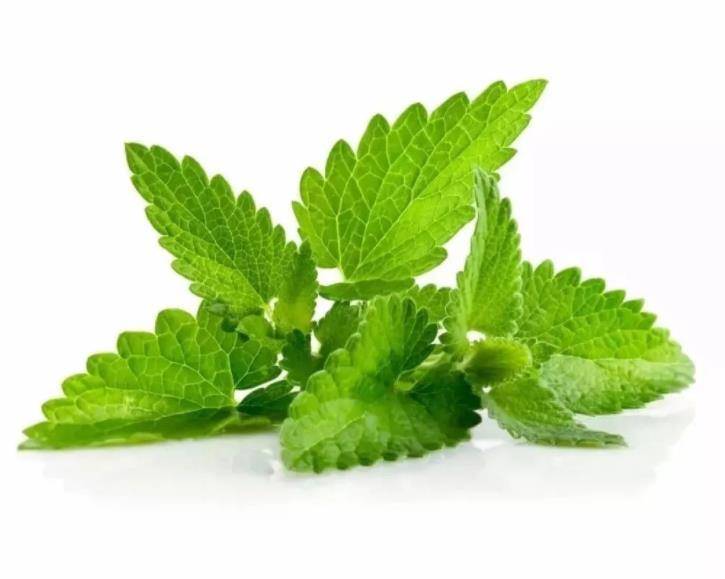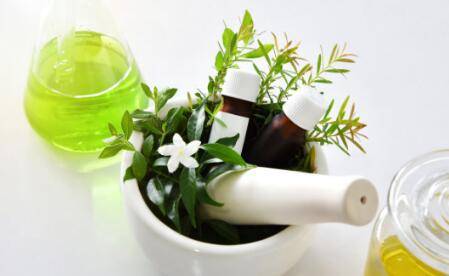The 6 Stunning Anti-aging Botanical Extract Examples
As we age, our skin undergoes a number of changes, and aging is one of the most obvious signs. During skin aging, the epidermis of the skin slowly thins, the inherent repair capacity gradually diminishes, collagen and elastin gradually decrease, and the skin slowly loses its elasticity. Skin aging is inevitable, but there are a variety of methods that can be used to slow down skin aging.
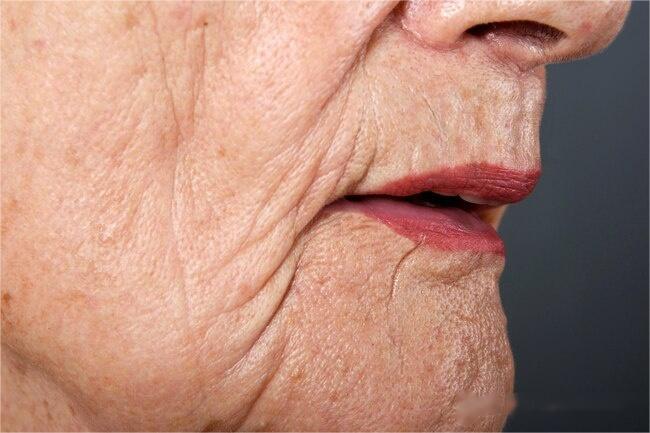
What Are the Methods for Skin Anti-Aging?
Currently, there are three main methods of skin anti-aging. The first method is to use chemical or physical sunscreens to avoid the harmful radiation of the sun and prevent the skin from absorbing ultraviolet rays, thus preventing photoaging and reducing the process of skin aging [1]. The second approach is to use preparations containing active agents to slow down or even inhibit skin aging, such as retinoic acid, estrogen, growth factors and antioxidants. The third method is the use of peeling agents, botulinum toxin, lasers, and microdermabrasion [2].
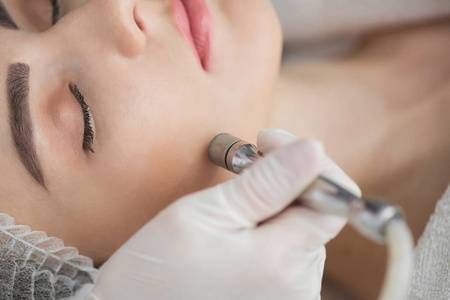
Can Botanical Extracts Be Used to Fight Skin Aging?
Botanical extracts can also be used in these 3 different ways to achieve anti-aging effects on the skin. Plant extracts can be used as sunscreens to prevent photoaging of the skin; they can also be used as different actives to inhibit the pathways associated with skin cell aging and slow down skin aging; they can also be used as exfoliators to promote the renewal of epidermal stratum corneum cells and metabolism, and through the self-healing function of skin tissues, the skin will regenerate rapidly and achieve anti-aging effects.
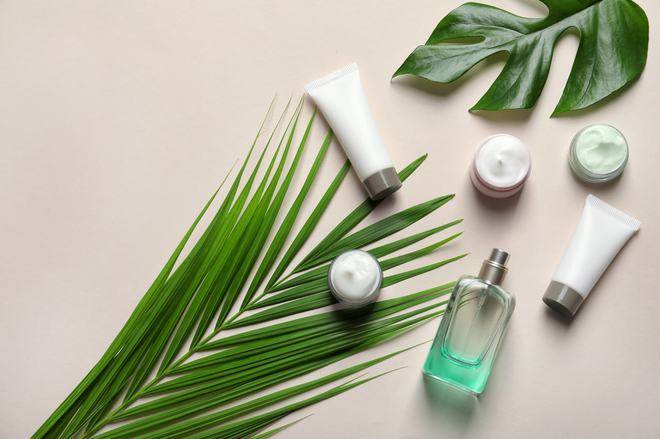
What Botanical Extracts Can Be Used for Anti-Aging?
The following are the 6 stunning Anti-Aging Botanical Extract examples that act as active substances to inhibit skin aging through different pathways, as well as exfoliators to accelerate the shedding of aged epidermal keratinocytes and promote rapid skin regeneration.
1. Resveratrol
The polyphenolic compound resveratrol, which is mainly found in Polygonum cuspidatum and grapes, is not only a good antioxidant but also a good anti-skin aging agent. Polyphenols in plants can not only be used as antioxidants, hydrogen donors and single-linear oxygen bursting agents to prevent skin aging, some polyphenols can also be used to reduce the degradation of collagen and elastin through other pathways such as inhibition of proteases and other activities, so that the skin is both elastic and firm, resulting in an anti-skin aging effect [3].
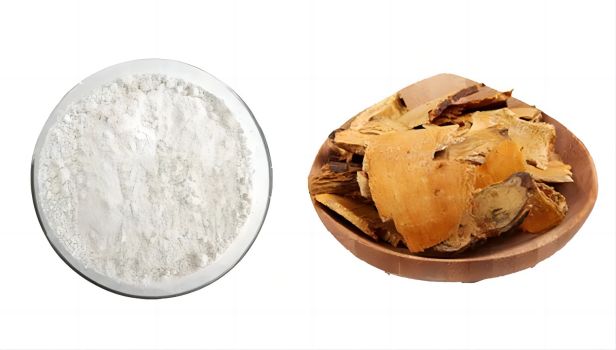
What Is the Mechanism of Resveratrol Against Skin Aging?
Resveratrol scavenges free radicals, chelates metal ions, protects against oxidative DNA damage, increases cell survival, inhibits tyrosinase activity and the cAMP signaling pathway to reduce hyperpigmentation, inhibits the activation of caspases-3 and caspases-8 in the cells, and activates SIRT1 to prevent UV-induced skin aging [4].
In addition, resveratrol acts synergistically with vitamins C and E to further promote the rejuvenation of fibroblasts and improve the protection of the structural integrity of the skin, thus providing a better anti-skin aging effect [5].
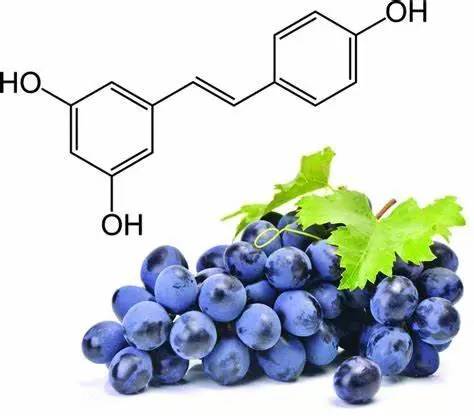
2. Galla Chinensis Extract Ellagic Acid
Galla chinensis extract ellagic acid is another botanical extracts examples anti-aging. It acts as an antioxidant to protect cells and tissues from oxidative damage and modulates the inflammatory response. Topical application of gallic acid improves wrinkles and enhances skin hydration. Studies have shown that gallic acid reduces UVB-induced epidermal thickening and collagen degradation by decreasing UVB-induced phosphorylation of the AP-1 transcription factor proteins c-Jun and c-Fos, decreasing ROS production, decreasing MMP-1 and IL-6 expression and activity, and increasing the expression of TGF-β, elastase, and preclinical collagen type I [6].
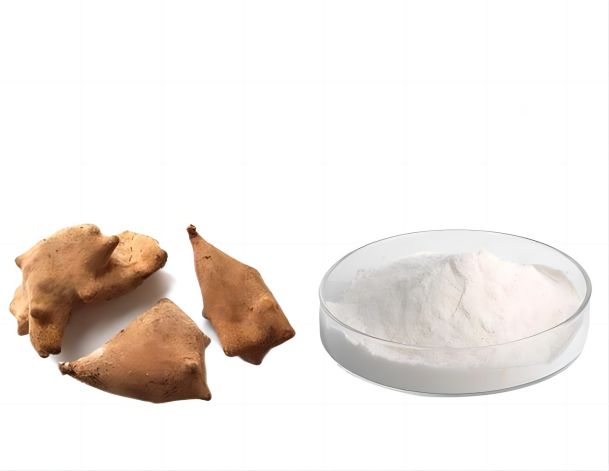
3. Carotenoids
Carotenoids are tetraterpenoid fat-soluble pigments found in plants. Common carotenoids include carotene, lycopene, lutein, zeaxanthin, capsaicin and astaxanthin. These fat-soluble carotenoids not only have good antioxidant activity but also protect against UV-induced photoaging of the skin [7] [8] [9].
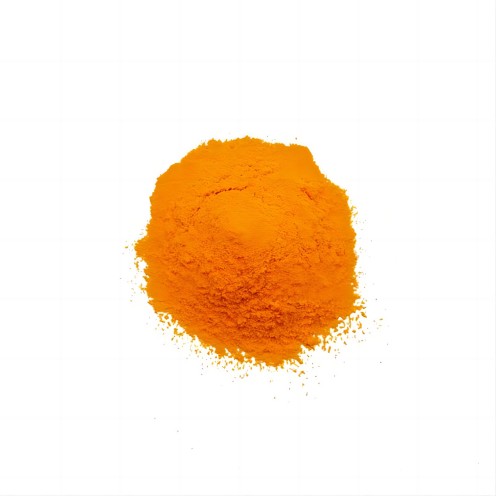
In addition, vitamin A analogs can improve natural aging-induced wrinkles and slow down skin aging, so they are widely used as effective anti-aging ingredients in skin care products [2]. Although vitamin A is not present in plants, the vitamin A precursor β-carotene is present.
Beta-carotene can be degraded in the body to retinaldehyde and then converted to retinol or retinoic acid. Retinol can be further converted to retinyl palmitate or retinyl acetate in the body and accumulate in the body. Retinol and retinol esters can also be converted to retinoic acid under the action of enzymes in skin cells; and retinoic acid interacts with retinoic acid receptors to stimulate the production of new skin cells and promote collagen synthesis. In addition, vitamin A analogs have been shown to reduce skin scars, burns and stretch marks [10].
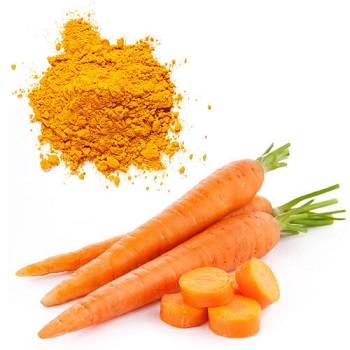
4. Grape Seed Extract
Grape seed [11] extracts are also a botanical extract example, it mainly have proanthocyanidins, grape seed oil, resveratrol, vitamins, tannins, etc., which all have cosmetic health effects. Proanthocyanidins have strong antioxidant capacity, their antioxidant effect is 50 times of VE, and 20 times of VC, Grape seed extract proanthocyanidins have 85% bioavailability in the human body. Proanthocyanidins can inhibit the generation of peroxides caused by ultraviolet irradiation of the skin; it can also inhibit the formation of lipofuscin and age spots; it can also inhibit the activity of tyrosinase, which reduces the o-benzoquinone structure of melanin to a phenolic structure so that the pigment fades. Therefore, proanthocyanidins have the function of improving skin inflammation, preventing melanization, whitening skin and anti-aging.
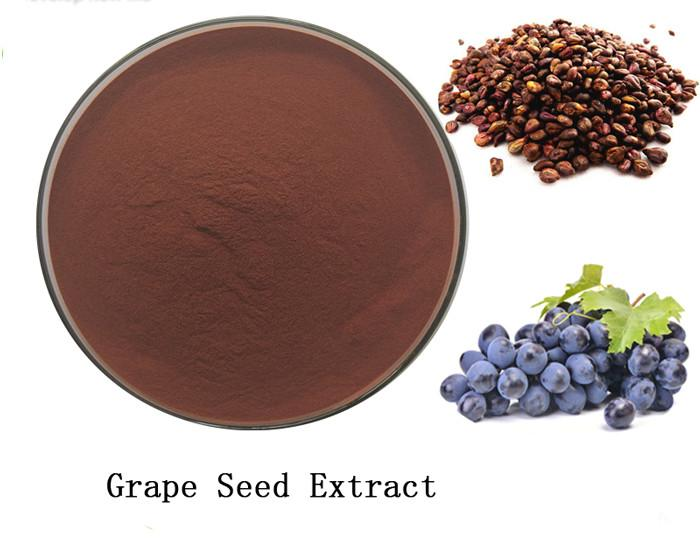
Grape seed oil also contains a high mass fraction of VE, which can reach 360 μg/g. VE can accelerate the removal of damaged and senescent cells, protect regenerative and newborn cells, and maintain moisture so that it can slow down skin aging. Ma Ling et al [12] in the grape seed oil antioxidant effect of experimental research also showed that grape seed oil has a certain antioxidant effect and delays aging.
5. Tea Extracts
Tea extracts[13] are mainly composed of tea polyphenols. Tea polyphenols, also known as tea tannins, are a multi-hydroxy phenolic compound contained in tea, abbreviated as TP. Its main components are catechins (flavanes intoxicating class), flavonoids, flavonols, anthocyanins, phenolic acids, phenolic acid and polymerized phenols and so on.
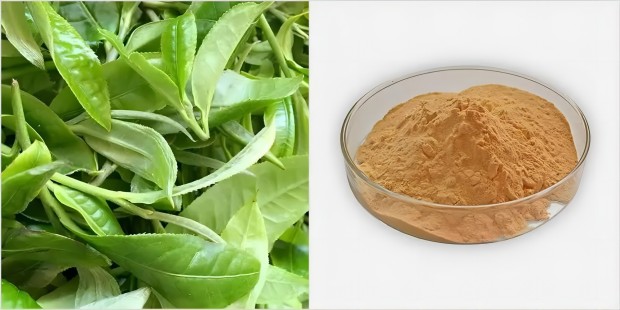
At room temperature and low concentration, tea polyphenol has strong antioxidant properties, which is a natural antioxidant that can block ultraviolet rays and scavenge ultraviolet-induced free radicals, so as to protect the normal function of melanin cells. At the same time, it can also inhibit the activity of tyrosinase and catalase in cells, thus reducing the secretion of melanin and lipid peroxidation, and realizing the efficacy of blemish removal and beauty.
Studies have shown that the antioxidant properties of tea polyphenols are significantly better than those of vitamin E, and have a potentiating effect on vitamins C and E. Wang Wenyuan et al. Wang Wenyuan et al [14] in the ultrafiltration separation of tea polyphenols and its cosmetic applications, the human skin test to determine the antioxidant capacity of tea polyphenols, ascorbic acid as a positive control to determine the ability of tea polyphenols to scavenge DPPH- and hydroxyl radicals, the results show that the scavenging rate with the increase in the concentration of the test solution mass and enhance, thus indicating that tea polyphenols have a strong antioxidant capacity.
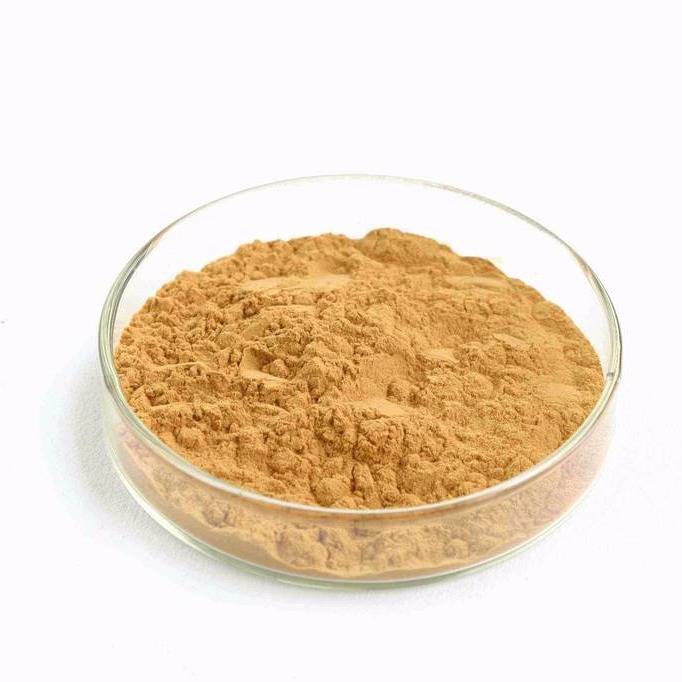
6. Rhodiola Rosea Extract
The main chemical components of Rhodiola rosea extract are Rhodiola rosea glycosides and flavonoids. Rhodioloside can not only significantly enhance the skin's ability to resist ionizing radiation, but also prevent various kinds of radiation (α, β, γ) radiation damage to lipids and cell membranes, improve cardiorespiratory function, anti-fatigue, protect the immune system, and play the role of anti-aging. Flavonoids have strong superoxide dismutase (SOD) activity and free radical scavenging effect, which can repair damaged skin, anti-lipid oxidation and anti-aging.
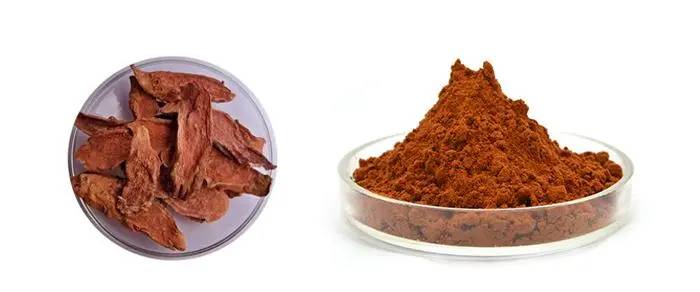
Zhao Jin et al. [15] conducted a study on the extraction process of active ingredients from Rhodiola Rosea and their cosmetic effects. By comparing the extract with positive substances, the efficacy of the extract was tested, proving that Rhodiola Rosea extract has the ability to resist oxidation and inhibit tyrosinase in vitro, and can be used as an additive for delaying aging and whitening cosmetics.
The appearance of the skin changes gradually over time. As we age, a decrease in skin elasticity and an increase in sagging become obvious features of skin aging. Many botanical extracts have been used in anti-aging cosmetics. The active ingredients in plants can produce anti-aging effects on the skin through a variety of pathways.
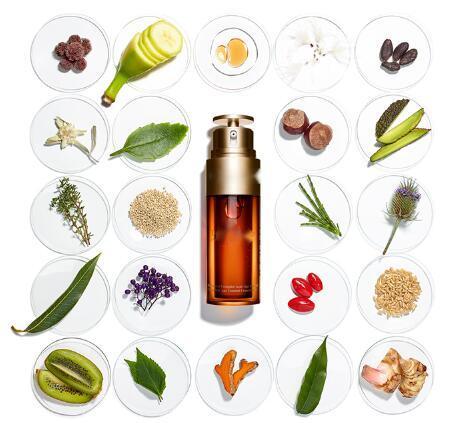
Due to the complexity of the mechanisms of skin aging, although a large number of scientific studies have been conducted on the anti-skin aging efficacy of individual and/or mixtures of natural plant actives, the mechanisms of action of many plant extracts are still unclear, especially those biological effects related to topical applications. The underlying mechanisms of skin aging require further in-depth research and elucidation. Only a clear mechanism of skin aging, in order to treat the symptoms, is the development of more targeted anti-aging cosmetics plant raw materials.
Reference:
[1] Shanbhag S, Nayak A, Narayan R, Et Al. Anti-Aging and Sunscreens: Paradigm Shift in Cosmetics[J]. Advanced Pharmaceutical Bulletin, 2019, 9(3): 348-359.
[2] Ramos-E-Silva M, Celem L R, Ramos-E-Silva S, Et Al. Anti-Aging Cosmetics: Facts and Controversies[J]. Clinics in Dermatology, 2013, 31(6): 750-758.
[3] Zillich O V, Schweiggert-Weisz U, Eisner P, Et Al. Polyphenols as Active Ingredients for Cosmetic Products[J]. International Journal of Cosmetic Science, 2015, 37(5): 455-464.
[4] Argyropoulou A, Aligiannisn, Trougakos I P, Et Al. Natural Compounds with Anti-Ageing Activity[J]. Natural Product Reports, 2013, 30(11): 1412-1437.
[5] Rona C, Vailati F, Berardesca E. The Cosmetic Treatment of Wrinkles[J]. Journal of Cosmetic Dermatology, 2010, 3(1): 26-34.
[6] Hwang E, Park S Y, Lee H J, Et Al. Gallic Acid Regulates Skin Photoaging in Uvb-Exposed Fibroblast and Hairless Mice[J] . Phytotherapy Research, 2014, 28(12): 1778-1788.
[7] Widowati W, Fauziah N, Herdiman H, Et Al. Antioxidant and Antiaging Assays of Oryza Sativa Extracts, Vanillin and Coumaric Acid[J]. Journal of Natural Remedies, 2016, 16(3): 88-99.
[8] Mohd-Nasir H, Mohd-Setapar S H. Natural Ingredients in Cosmetics from Malaysian Plants: A Review[J]. Sains Malaysiana, 2018, 47(5): 951-959.
[9] Erenb, Tuncay Tanrıverdi S,Aydın Kδse F, Et Al. Antioxidant Properties Evaluation of Topical Astaxanthin Formulations as Anti-Aging Products[J]. Journal of Cosmetic Dermatology, 2019, 18(1): 242-250.
[10] Ahmed I A, Mikail M A, Zamakshshari N, Et Al. Natural Anti-Aging Skincare: Role and Potential[J]. Biogerontology, 2020, 21(3): 293- 310.
[11] Wu Jiahui,Yuan Chunlong,Song Yangbo. Functional Components of Grape Seed and Their Applications [j]. Daily Chemical Industry,2011,41(3):216-228.
[12] Ma Ling, Xu Zhenrong, Fu Delun. Experimental Study on the Antioxidant Effect of Grape Seed Oil[j]. Chinese Public Health,2002,18(9):23-25.
[13] Tian Lili, Liu Zhonghua, Li Qin Et Al. Research Progress of Tea Polyphenols in Cosmetics[j]. Guangdong Tea,2007(2):15-17.
[14] [14] Wang Wenyuan, Tang Shouyong, Huang Guangwen, Et Al. Ultrafiltration Separation of Tea Polyphenols and Its Application in Cosmetics [j]. Ultrafiltration Separation of Tea Polyphenols and Its Application in Cosmetics [j]. Daily Chemical Industry ,2011,41(2):109 - 116.
[15] [15] Zhao Jin, Lai Jixiang, He Congfen. Extraction Process of Rhodiola Rosea and Its Cosmetic Efficacy[j]. Daily Chemical Industry,2009,39(6):402- 444.


 English
English French
French Spanish
Spanish Russian
Russian Korean
Korean Japanese
Japanese
